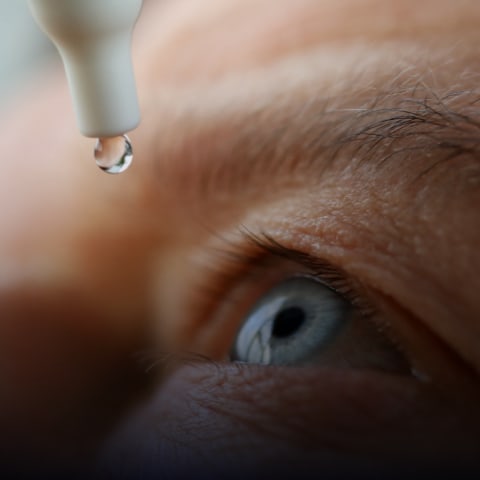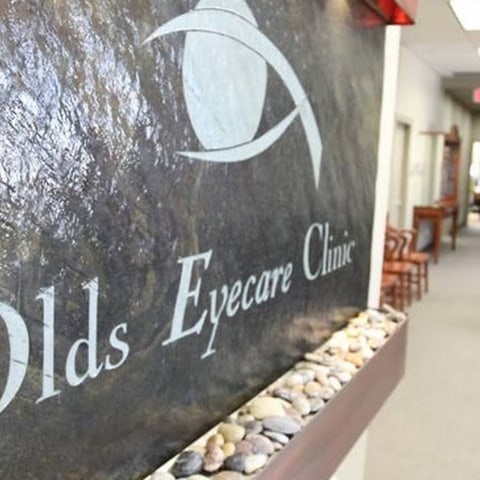
Look After Your Sight with Diabetic Eye Exams
Diabetes affects health in multiple ways, including sight. Eye damage and vision loss are common symptoms related to diabetes type 1 and 2. The most common condition is diabetic retinopathy, which can also cause other eye health problems to develop.
All people with diabetes should have yearly diabetic eye exams to protect their eye health and prevent worsening symptoms. Alberta Health Care covers diabetic eye exams for patients of all ages, so you can make eye care part of your health plan.
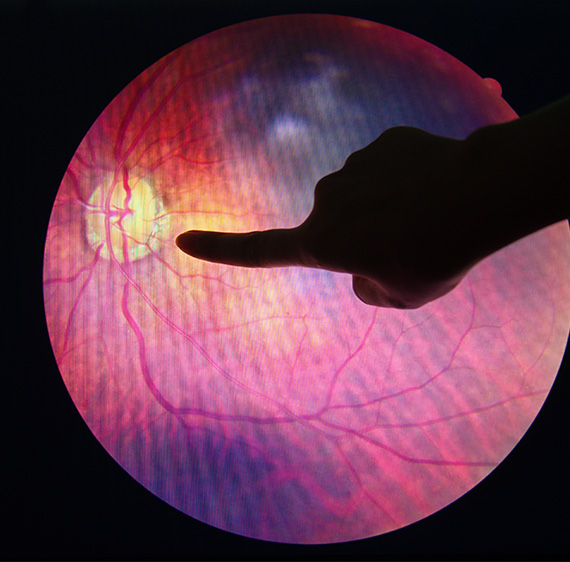
What To Expect During a Diabetic Eye Exam
Optometrists need to see your whole eye to monitor changes to eye structures. During the exam, patients may be given drops to dilate the pupil, making the pupil (the black centre of the eye) larger. The larger opening allows a clearer view of the retina and the back of the eye, which optometrists can view more easily through microscopes and photographic technology.
Although the effects are temporary, eye dilation can cause light sensitivity and blurry vision for several hours. Some patients may notice vision return to normal within a few hours, but should avoid scheduling any vision-dependent activities after their appointment. It is recommend to bring sunglasses if you have them and arrange for someone to drive home from the appointment.

Ocular Complications of Diabetes
Diabetes can cause multiple ocular complications, including vision changes related to myopia (nearsightedness), hyperopia (farsightedness), and premature presbyopia. It can also damage eye structures, resulting in cataracts, glaucoma, paralysis of nerves controlling eye muscles, and decreased corneal sensitivity.
Diabetic Retinopathy
High blood sugar caused by diabetes can damage blood vessels in the retina, leading to diabetic retinopathy. As a result, the blood vessels in the eye may bleed and leak into the retinal tissue. Symptoms of diabetic retinopathy include:
- Blurry vision
- Dark spots or holes in vision
- Peripheral light flashes
- Loss of central vision
- Inability to see colours
Diabetic retinopathy also increases the risk of further eye complications, including diabetic macular edema, retinal detachment, and glaucoma.
More than 500,000 Canadians are living with diabetic retinopathy. But diabetic eye exams can help reduce the risk of worsening symptoms. Our eye doctors can develop a custom treatment plan to help protect your sight. Some treatment options include:
- Anti-VEGF injections
- Vitrectomy (surgery)
- Corticosteroid (steroid) treatments
Macular Edema
The macula, located in the centre of the retina, is crucial for multiple vision functions, including:
- Straight-ahead vision
- Colour vision
- Fine details
Macular edema occurs when fluid builds around the macula, typically because of damaged blood vessels in the retina. The fluid pressure causes swelling, thickening, and damage. As a result, the macula cannot function normally, leading to vision symptoms, including:
- Blurry or wavy vision
- Faded or washed-out colours
- Central vision loss
Although macular edema can develop in one eye, diabetic macular edema (DME) usually affects both eyes.
Retinal Detachment
The retina is a thin layer of tissue located at the back of the eye. It’s crucial to functioning vision. The retina receives light and helps convert light into neural signals, allowing us to recognize what we see. However, the layer can be delicate, and damage can cause the retina to partially or completely detach. Retinal detachment stops vision signals from reaching our brain.
Common symptoms include:
Retinal detachment is an eye emergency. The sooner a patient receives treatment, the more likely the retina can be reattached or prevent further vision loss. Regardless of the level of detachment, surgery is necessary to repair or stabilize the retina.
Contact us immediately for an emergency eye care appointment if you notice sudden vision changes or experience an eye injury. Treatment may help save your sight.
Glaucoma
Diabetes creates a higher risk of developing glaucoma. The changes in blood sugar levels can weaken, damage, or cause abnormal growth in blood vessels. Glaucoma often shows no symptoms during the early stages. However, as the disease develops, it degenerates the optic nerve, causing blindness.
Glaucoma causes irreversible damage, but early diagnosis and treatment can prevent vision loss. Treatment options include medications and surgery.
Cataracts
A cataract is a cloudy area or spot formed on the eye lens, causing blurry or obstructed vision. The cloudy spots can be small, causing minimal vision reduction, but larger lens defects can significantly impact vision.
In the early stages of a cataract, prescription lenses can help sharpen vision. Alternatively, cataract surgery may be an option. During cataract surgery, the old cloudy lens is removed. Then, an intraocular lens implant (IOL) is inserted, replacing the lens.
Common symptoms of cataracts include:
- Blurry or foggy vision
- Dull or muted colour vision
- Decreased night vision
- Light sensitivity
- Feeling a film over the eye
How We Diagnose Diabetic Eye Health
Diabetic eye exams use a few diagnostic tools to provide our eye doctors with a detailed picture of your eye health. Patients visiting us for a diabetic eye exam can expect Optos retinal imaging, fundus photography, and an OCT scan. Our technology allows us to complete noninvasive but thorough evaluations.
Optos Retinal Imaging
Optos captures digital retinal imaging with ultra-widefield views of the retina and blood vessels visible at the back of the eye. The more our eye doctors see, the better we can identify and monitor changes to eye structures and eye function.
Retinal imaging can help diagnose potential eye health problems, such as:
- Retinal detachment
- Macular degeneration
- Glaucoma
- Diabetic eye disease
- Hypertension
Fundus Photography
Fundus photography uses a low-power microscope to photograph the interior of the eye. Before sitting down to take photos, patients are administered eye drops to dilate to pupil, allowing more in-depth imaging. It’s a noninvasive procedure typically lasting less than a few minutes.
OCT
Optical coherence tomography (OCT) is a noninvasive imaging test that uses light waves to take cross-section pictures of the retina. It allows detailed measurements of the layers of the retina. These images are useful in detecting and managing glaucoma and conditions affecting retina health (such as age-related macular degeneration and diabetic retinopathy).
An OCT scan lasts 10–20 minutes and typically requires eye dilation.
Preventing Diabetic Eye Disease
Preventing eye complications caused by diabetes is possible with regular eye exams. Our optometrists are a part of your health team, watching for signs and symptoms affecting your overall health and vision.
Don’t wait until after you experience vision changes. Book a diabetic eye exam today.

Our Locations
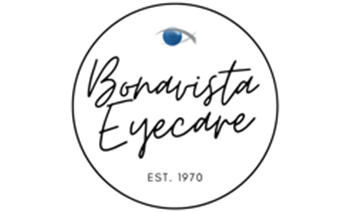
Calgary
Find us steps away from Lake Bonavista across from Lake Bonavista Promenade. Please give us a call if you have any trouble finding us.
Please note that our hours may change on long weekends, holidays and for summer hours.
- 403-271-2818
- 403-278-4812
- 739 Lake Bonavista Drive SE
- Calgary, AB T2J 0N2
Hours
- Monday: 8:00 AM – 5:00 PM
- Tuesday: 7:00 AM – 7:00 PM
- Wednesday: 7:00 AM – 7:00 PM
- Thursday: 7:00 AM – 7:00 PM
- Friday: 9:30 AM – 5:00 PM
- Saturday: 9:00 AM – 3:00 PM
- Sunday: Closed
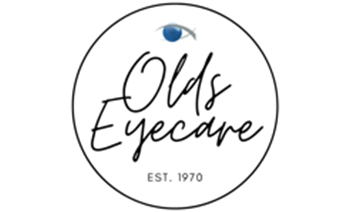
Olds
Find us at the corner of 50 Avenue and 52 Street. Don’t hesitate to give us a call if you have any trouble finding us.
Please note that our hours may change on long weekends, holidays and for summer hours.
- 403-556-6068
- 403-556-6337
- 5202 50 Ave
- Olds, AB T4H 1G9
Hours
- Monday: 9:00 AM – 5:00 PM
- Tuesday: 9:30 AM – 5:00 PM
- Wednesday: 7:00 AM – 7:00 PM
- Thursday: 9:00 AM – 5:00 PM
- Friday: 9:00 AM – 5:00 PM
- Saturday: 9:00 AM – 3:00 PM
- Sunday: Closed.
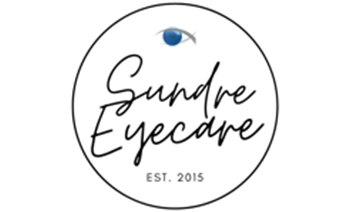
Sundre
Find us on 6 Street just off Cowboy Trail. Don’t hesitate to give us a call if you have any trouble finding us.
Please note that our hours may change on long weekends, holidays and for summer hours.
- 403-638-1005
- 403-638-1090
- 101 6 St SW
- Sundre, AB T0M 1X0
Hours
- Monday: 9:00 AM – 5:00 PM
- Tuesday: 9:00 AM – 5:00 PM
- Wednesday: 9:00 AM – 5:00 PM
- Thursday: 9:00 AM – 5:00 PM
- Friday: 9:00 AM – 5:00 PM
- Saturday: Closed
- Sunday: Closed
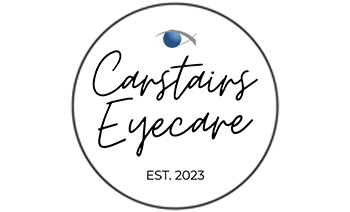
Carstairs
Find us north of the Credit union in the same building as Mountain View Smiles Dental Clinic.
Please note that our hours may change on long weekends, holidays and for summer hours.
- 587-952-6161
- 587-952-6362
- 208 10th Ave Unit 1
- Carstairs, AB T0M 0N0
Hours
- Monday: 9:00 AM – 5:00 PM
- Tuesday: 9:00 AM – 5:00 PM
- Wednesday: 9:00 AM – 5:00 PM
- Thursday: 9:00 AM – 5:00 PM
- Friday: 9:00 AM – 5:00 PM
- Saturday: Closed
- Sunday: Closed

Our Brands















